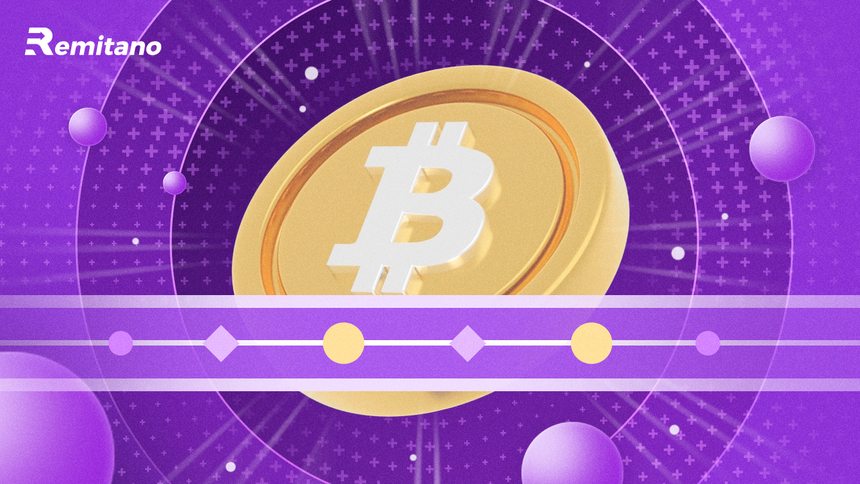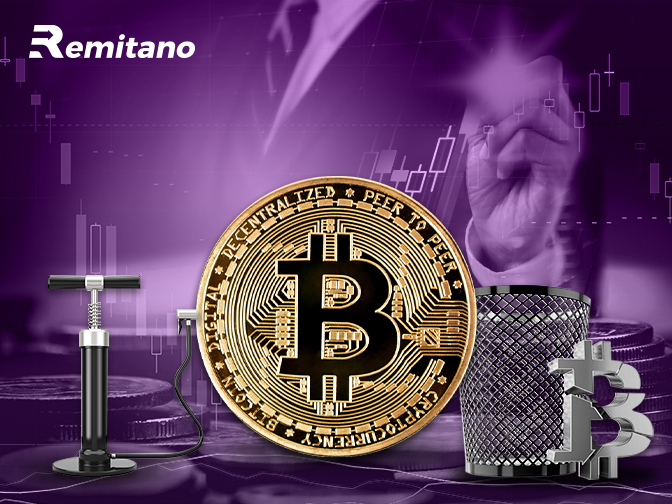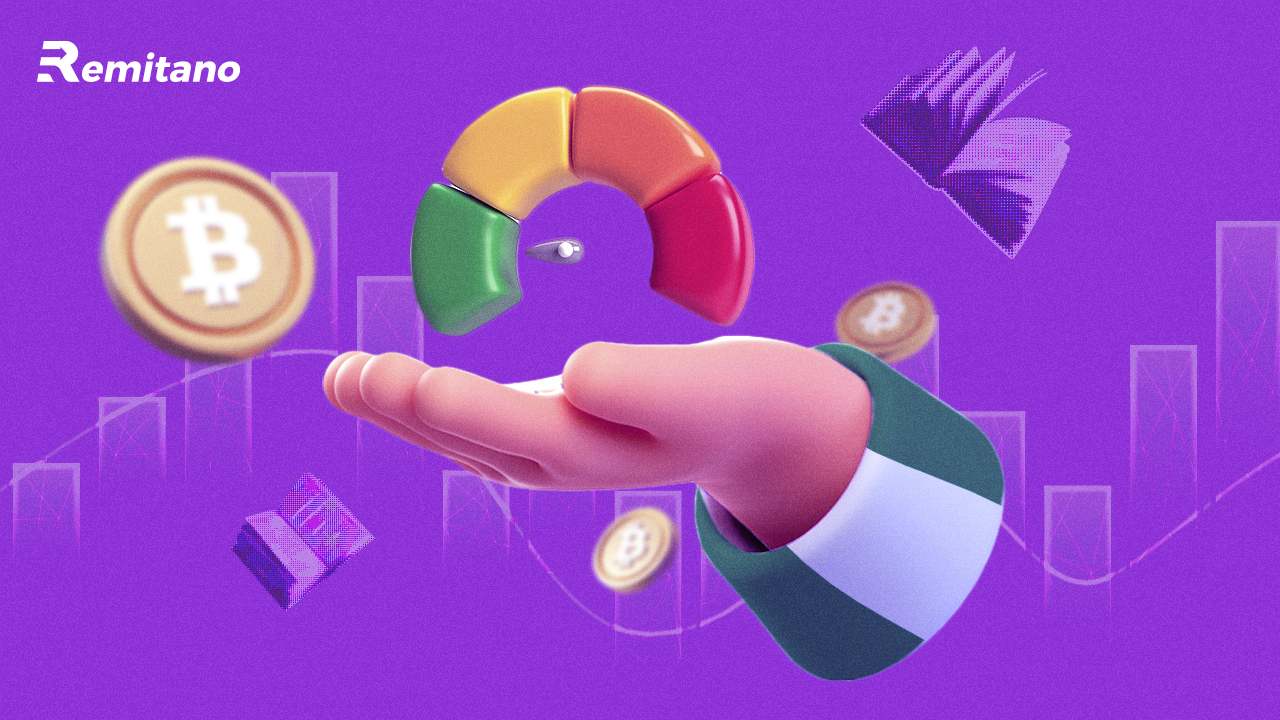
In the world of crypto investing, risk is inevitable — especially on dynamic peer-to-peer platforms like Remitano. Whether you’re trading Bitcoin, altcoins, or participating in staking programs, understanding Remitano Risk Analysis is essential to safeguard your capital and maximize long-term returns.
This guide will break down the Remitano Risk Analysis, highlighting historical investment patterns, types of risks investors face, and proven strategies to manage those risks effectively. By combining historical insights with modern risk management techniques, investors can make informed decisions and reduce unnecessary exposure.
Why Risk Analysis Matters on Remitano

Cryptocurrency markets are famously volatile, and P2P platforms add an extra layer of uncertainty. Remitano Risk Analysis helps investors identify patterns, predict potential downturns, and protect themselves against external shocks.
Since Remitano facilitates direct trades between users, the platform’s risk profile is fundamentally different from centralized exchanges like Binance or Coinbase. Factors like counterparty risk, liquidity risk, and price slippage become critical when executing large trades. That’s why understanding Remitano Investment Risks is vital.
Historical Investment Patterns on Remitano

1. Bull Runs and FOMO Trading
Analyzing past trends on Remitano reveals that during major bull runs (e.g., 2017, 2021), trading volumes spiked sharply. Many investors entered the market driven by FOMO (Fear of Missing Out), leading to increased price slippage and inflated premiums on Remitano’s P2P platform.
- In 2017, Bitcoin’s price surged from $1,000 to nearly $20,000. On Remitano, VND-denominated prices sometimes exceeded global averages by 5-10%.
- In 2021, similar premiums emerged for USDT and BNB, especially in regions with strict fiat-to-crypto regulations.
2. Bear Market Capitulation
Conversely, during prolonged bear markets (2018, 2022), Remitano Market Volatility showed sharp declines in trading volume, wider spreads, and lower liquidity. This forced impatient investors to sell at deep discounts.
- After Bitcoin crashed in 2018, some Vietnamese traders on Remitano reported selling BTC at prices 7-10% lower than global benchmarks, simply due to local liquidity drying up.
- Similar patterns occurred in 2022 when Terra’s collapse triggered widespread fear, pushing altcoin prices into freefall.
3. Staking Risks and Unexpected Losses
Remitano also offers staking products, which provide passive income opportunities. However, as part of a comprehensive Remitano Risk Analysis, it’s clear that staking itself carries risks — from smart contract vulnerabilities to fluctuating APY rates.
Types of Risks in Remitano Investments

1. Counterparty Risk
Since Remitano’s P2P trades rely on counterparties fulfilling their obligations, there’s always a risk that your trade partner might delay payment, dispute terms, or attempt fraud. Although Remitano’s escrow service mitigates some of this, Remitano Trading Risks cannot be entirely eliminated.
2. Market Volatility
Remitano Market Volatility is amplified by the platform’s regional focus. In some local markets, supply and demand imbalances can lead to extreme price swings. For example, during local banking outages, fiat-to-crypto conversion rates may deviate wildly from global prices.
3. Regulatory Risk
Countries like Vietnam, Nigeria, and Malaysia (where Remitano is popular) frequently update crypto regulations. These sudden legal changes can impact P2P trading volumes, fiat liquidity, and even users’ ability to withdraw funds. This makes Remitano Investment Risks closely tied to regulatory uncertainty.
4. Security Risk
Although Remitano has a solid track record for platform security, individual users remain vulnerable to phishing attacks, SIM swapping, and social engineering scams. Remitano Risk Management must therefore include personal cybersecurity practices like:
- Enabling 2FA.
- Using hardware wallets for long-term holdings.
- Avoiding trades with suspiciously low or high prices.
Real Case Studies: Remitano Risk Analysis in Action

Case Study 1: Bitcoin Bull Run 2021
During Bitcoin’s climb to $60,000+, Remitano’s VND prices consistently ran 3-5% higher than global averages. Traders who recognized this arbitrage opportunity profited handsomely. However, those who bought at peak FOMO levels suffered heavy losses when prices corrected.
Lesson: Combine Remitano Risk Analysis with broader market sentiment indicators to avoid emotional buying.
Case Study 2: Luna Crash May 2022
When Luna collapsed, panic selling spread across Remitano’s altcoin markets. USDT prices briefly spiked above $1.10 due to fiat conversion bottlenecks. Many inexperienced traders sold their holdings at irrationally low prices, locking in avoidable losses.
Lesson: Effective Remitano Risk Management includes maintaining a cool head during black swan events and sticking to predefined exit plans.
Practical Remitano Risk Management Tips

1. Diversify Your Holdings
Never concentrate your entire portfolio in one asset — even Bitcoin. Spread capital across:
- Stablecoins for liquidity.
- BTC/ETH for long-term growth.
- Select altcoins for higher risk/reward trades.
This is a core pillar of any strong Remitano Risk Management plan.
2. Use Dollar-Cost Averaging (DCA)
To mitigate Remitano Market Volatility, adopt a DCA approach. Instead of lump-sum buys, spread purchases over weeks or months to average out entry prices.
3. Monitor Local News & Regulations
Since local policies directly influence fiat liquidity on Remitano, staying informed about regulatory developments helps you anticipate risks. Unexpected bank restrictions or crypto bans can severely disrupt trading conditions.
4. Set Realistic Profit & Loss Targets
Part of professional Remitano Risk Analysis involves knowing your numbers. Define:
- Target profit % for each trade.
- Maximum acceptable loss.
- Timeframes for each strategy (short-term trade vs. long-term hold).
5. Maintain Off-Exchange Storage
To minimize exposure to Remitano Trading Risks, withdraw assets to personal wallets after completing trades. This reduces counterparty risk and protects against potential platform outages or regulatory seizures.
Combining Historical Insights with Proactive Risk Management
The best investors combine Remitano Risk Analysis with historical context and proactive strategies. By studying how markets reacted during past bull and bear cycles, you gain valuable foresight into likely future risks.
| Risk Factor | Historical Example | Modern Solution |
|---|---|---|
| Volatility Spike | 2017 BTC Surge | Use DCA, Set Alerts |
| Liquidity Dry-Up | 2018 Bear Market | Hold Stablecoins |
| Regulatory Shock | 2020 Nigeria Ban | Monitor Local News |
| Platform Outage | None Yet | Withdraw Funds Often |
Conclusion: Mastering Remitano Risk Analysis for Smarter Investing
In the fast-moving world of crypto, no investment is risk-free. However, armed with thorough Remitano Risk Analysis, investors can identify common pitfalls, leverage historical insights, and implement proven risk management techniques.
Whether you’re trading actively or building a long-term portfolio, understanding Remitano Investment Risks and Remitano Trading Risks gives you a decisive edge. Combine this with continuous learning, disciplined execution, and adaptive strategies to thrive — regardless of market conditions.For more expert insights, up-to-date news, and practical investment guides, visit CryptoExList.com — your trusted resource for all things crypto investment.























